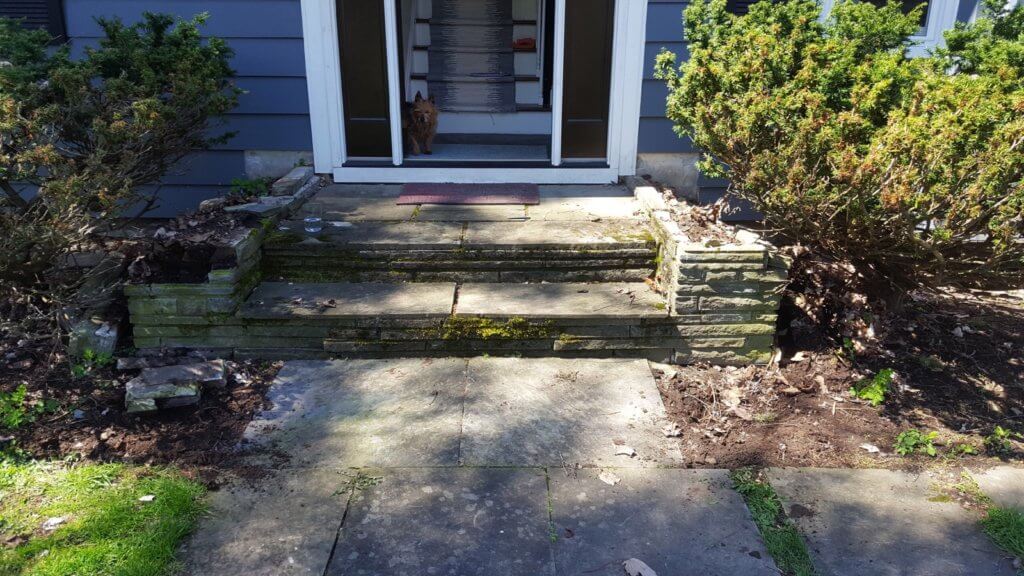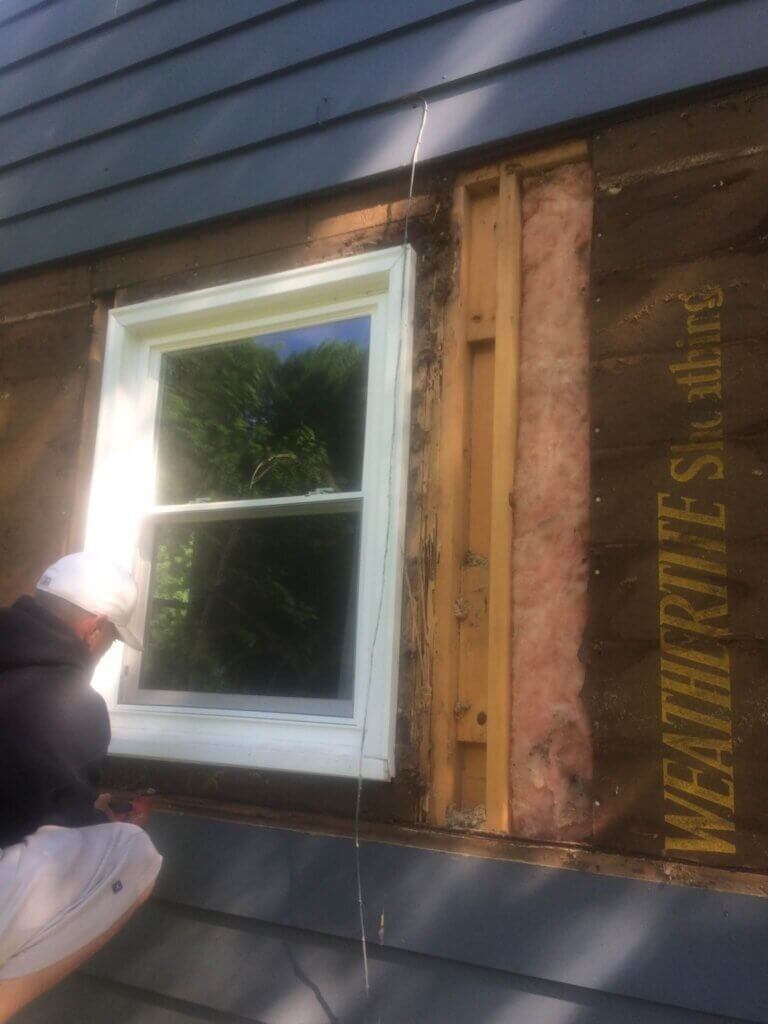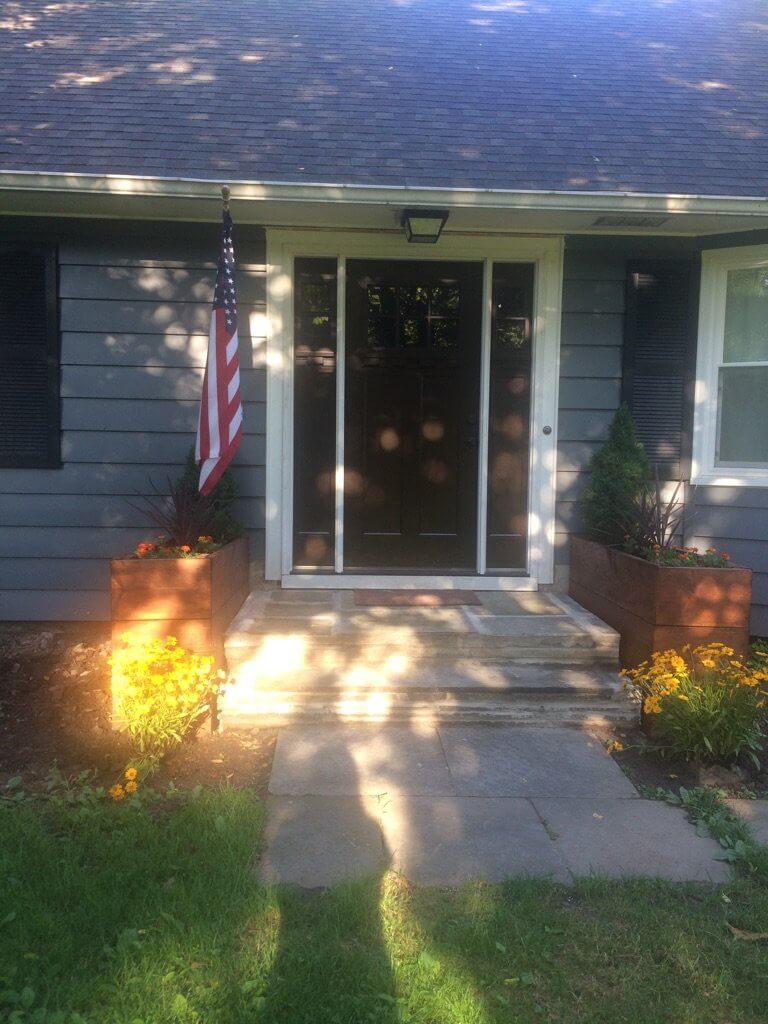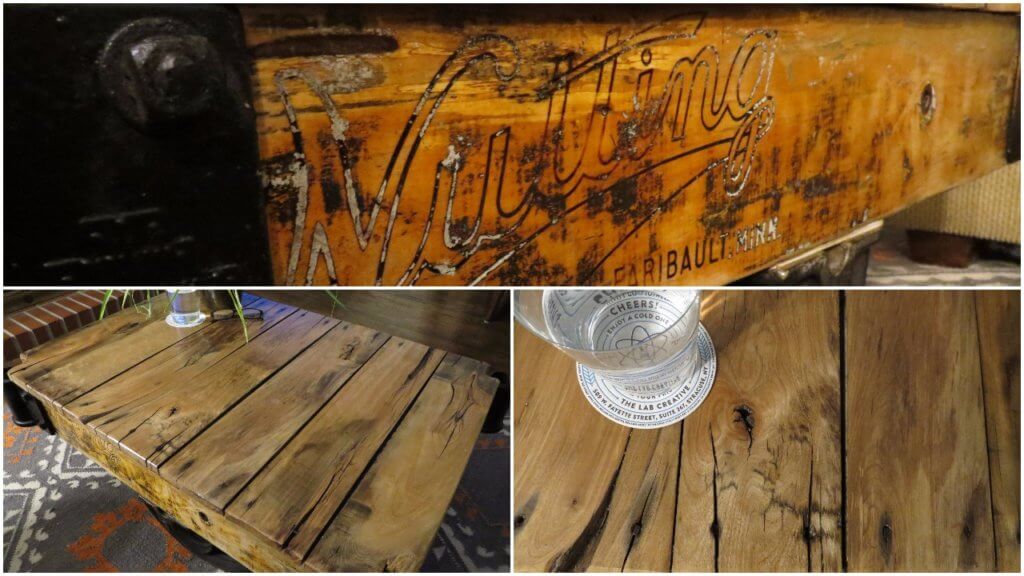The tradition of Earth Day, started in 1970 as a grassroots movement by Senator Gaylord Nelson of Wisconsin, was the result of a massive oil spill in Santa Barbara, California the previous year. The purpose of the program was to create a national day of public education on the importance of the environment. Since its inception those in political, scientific, and sustainability spheres have incrementally increased the duration of this public awareness from Earth Day, to Earth Week, and now to Earth Month. As I publish this post on April 25th I think we can all tell that I prefer the “month” of awareness and this is for two reasons: (1) Let’s be honest, I ran out of time on Earth Day; and (2) (and of the utmost importance) we at re-habitat do our best not to limit environmental actions to a single month, but to take on this charge every single day.
In my research on Live Science website, I came across the following quote that sums up the historic and seemingly current cause for Earth Day: “‘Groups that had been fighting against oil spills, polluting factories and power plants, raw sewage, toxic dumps, pesticides, freeways, the loss of wilderness, and the extinction of wildlife suddenly realized they shared common values,’ according to a history of Earth Day by the Earth Day Network, which was Founded by the event’s organizers to promote environmental citizenship and action year-round.” Today this message is eerily similar. We have seen significant improvements to air and water quality, species taken off endangered lists, corporate responsibility in growing demand, manufacturing of ALL things becoming more transparent, and consumers able to make environmentally and socially responsible decisions. But now in this very uncertain time of possible environmental deregulation and promotion of fossil fuel-based energy sources, I find myself scratching my head and saying….but isn’t this 2017? Have we learned nothing since 1970? How can we all be looking at the same scientific facts and discern them so differently? Can the US Government spare the funds to ship a copy of Rachel Carson’s Silent Spring to every US citizen? How is the person in the White House stating, “I am committed to keeping our air and water clean but always remember that economic growth enhances environmental protection. Jobs matter!”? Can someone please hand that businessman a copy of You Can’t Eat GNP: Economics as if Ecology Mattered by Eric Davidson? I am doing that cartoon double-take of confusion. The simple facts are: You cannot have an economy without products. And you cannot have products in a collapsed environment because there are no resources left.
So… enough about general environmental activism. Let me share with you my own teeny tiny contribution. Roughly 40% of US energy consumption in 2015 was used by residential and commercial buildings (according to the US Energy Information Administration). In addition, 75% of all electricity produced in the US is used to operate buildings (according to Architecture 2030)—and this operational statistic is cause for 45% of our CO2 emissions. If one also includes the energy associated with the manufacturing, transportation, and installation of building elements to create these mighty structures we occupy, otherwise known as embodied energy, the demand of building energy grows exponentially. The design and construction industry has the resources, capabilities, and (I might add) the responsibility to build buildings that are both good for people and good for the environment. And they are doing it in spades—in the1970’s passive solar homes were all the rage; and since the 1990’s, rating systems such as the US Green Building Council’s LEED Rating system series, the Living Building Challenge, and the Passive House Institute are just a few of the most notable third-party rating systems that factually assess the sustainability of our new and existing built environments (should you pursue them). Re-habitat’s goal is to slash the embodied energy side of the design process by restoring existing buildings. We know this is not possible in every case, and that’s when we talk to owners and developers about rating system options. But on each project, our goal is to specify environmentally responsible products (i.e. those with Cradle to Cradle certifications and/or not on any Red Lists) and to work with architects and engineers to create the most energy-conscious project possible. These are not always easy discussions to have with owners, design teams or contractors, but in observing Earth Day every day, we know that education is key to positive change.
Find additional resources about Earth Day and the importance of daily observation at the following sites:
EPA Earth Day Site: https://www.epa.gov/earthday
Earth Day Network: http://www.earthday.org/
Mother Earth Day: http://www.un.org/en/events/motherearthday/
Architecture 2030: http://architecture2030.org/







